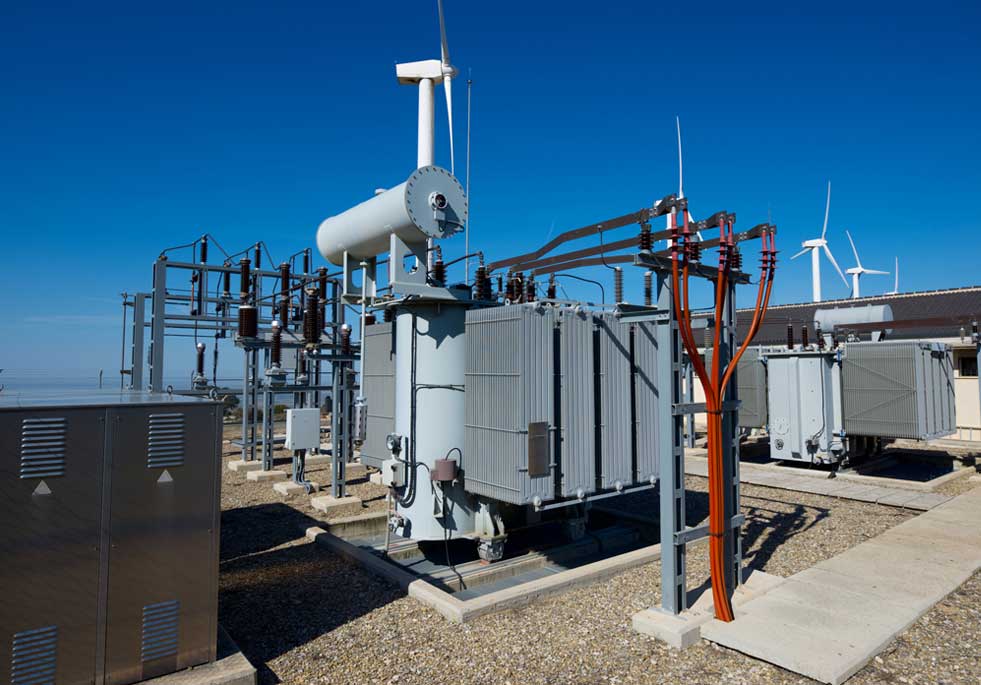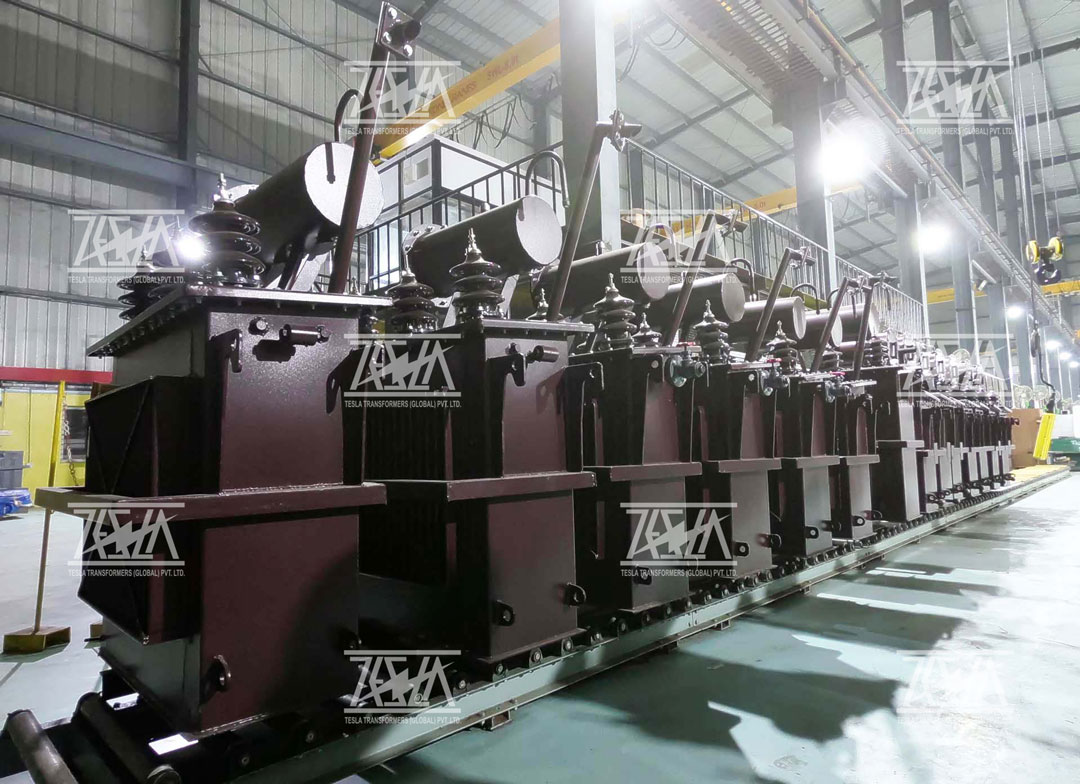Substation Transformers: How They Work and Their Importance in the Electrical Grid
If you’ve ever looked at a power line or transformer and wondered what its purpose is, you’re not alone. Many people don’t realize the vital role that substation transformers play in the electrical power grid. In this blog post, we’ll explore the basics of substation transformers, how they work, and why they’re so important.
What is a Substation Transformer? A substation transformer is a type of electrical transformer used in power substations to change the voltage of electricity being transmitted through power lines. The primary function of a substation transformer is to step up or step down the voltage of electricity to a level that is appropriate for distribution to homes and businesses. Substations are facilities that are used to transform high-voltage electricity from power generators into lower voltage levels suitable for distribution.
Types of Substation Transformers: Substation transformers come in different types, and the choice of a particular transformer depends on the application. Here are some of the most common types of substation transformers:
- Power Transformers: These transformers are used to transform high-voltage electricity from the transmission network to lower voltage levels suitable for distribution to homes and businesses.
- Distribution Transformers: These transformers are used to transform electricity from the distribution network to even lower voltage levels suitable for use by residential and commercial customers.
- Auto-Transformers: These transformers are used to step up or step down voltage levels in a single coil rather than two separate coils.
How do Substation Transformers Work? Substation transformers work on the principle of electromagnetic induction. The transformer has two coils of wire, the primary coil, and the secondary coil. When an alternating current (AC) is passed through the primary coil, it creates a magnetic field that induces an AC voltage in the secondary coil. The voltage in the secondary coil is determined by the number of turns in the secondary coil compared to the primary coil.
Step-up transformers have more turns in the secondary coil than the primary coil, which increases the voltage of the electricity. On the other hand, step-down transformers have fewer turns in the secondary coil than the primary coil, which decreases the voltage of the electricity.
Why are Substation Transformers Important? Substation transformers are essential for the reliable and efficient transmission and distribution of electricity. Without substation transformers, it would be impossible to transmit high-voltage electricity over long distances and distribute it to end-users.
Substation transformers also help to maintain the stability of the electrical grid by balancing the supply and demand of electricity. When there is excess electricity in the grid, substation transformers step down the voltage to reduce the amount of electricity flowing through the grid. Conversely, when there is a shortage of electricity in the grid, substation transformers step up the voltage to increase the amount of electricity flowing through the grid.
Substation transformers are also crucial for ensuring the safety of the electrical grid. They are designed to prevent electrical overload, which can cause electrical fires, damage to equipment, and disruption of service.
Conclusion: Substation transformers are a crucial component of the electrical power grid. They play a vital role in the transmission and distribution of electricity and help to maintain the stability and safety of the electrical grid. By understanding how substation transformers work, we can appreciate their importance and the role they play in our daily lives.




